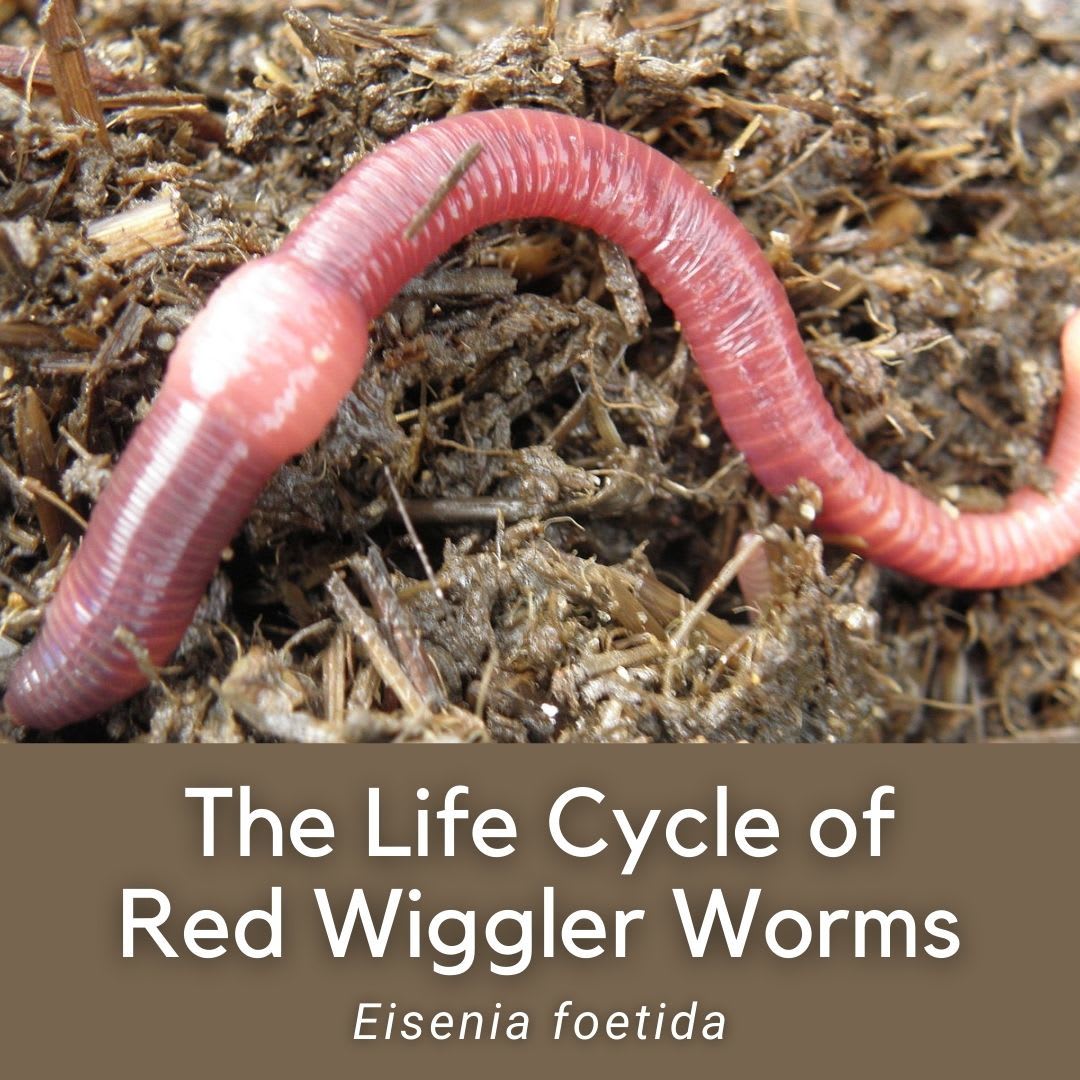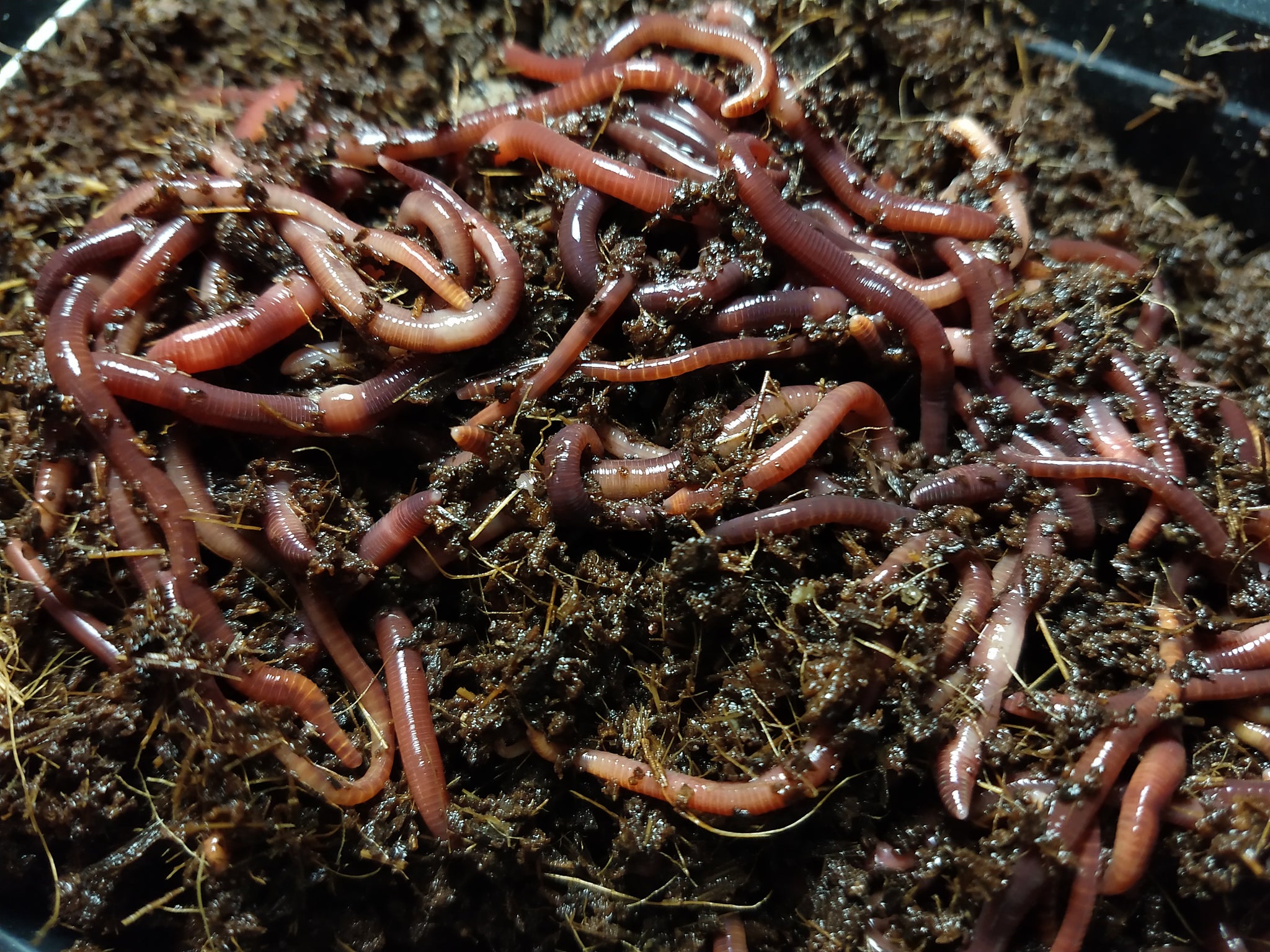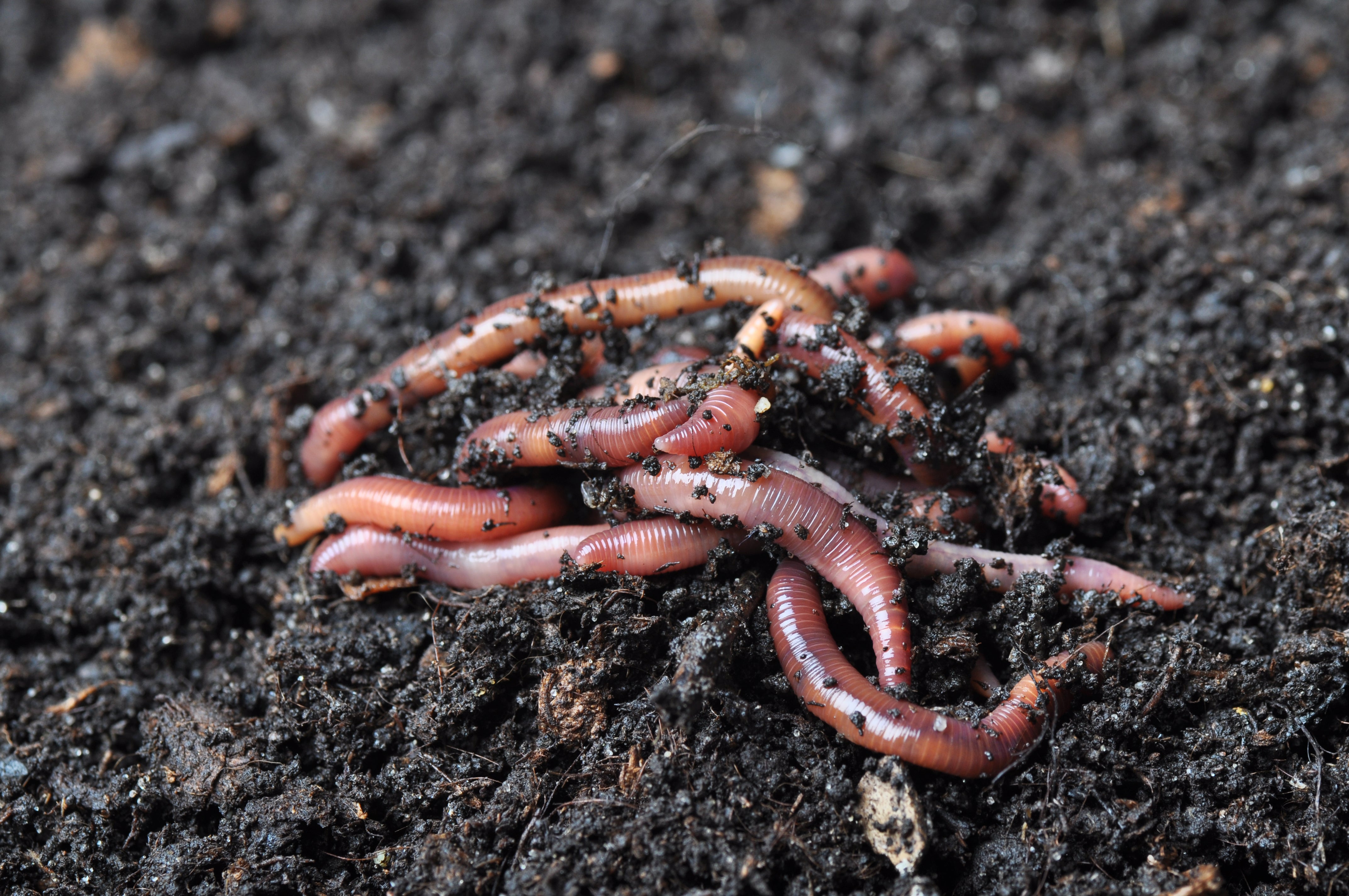Red Wigglers: The Unsung Heroes of Organic Waste Recycling
Red wigglers, or Eisenia fetida, act as important agents in the organic waste reusing procedure, transforming discarded materials right into beneficial vermicompost. Their effective breakdown of raw material not only enhances soil quality however also adds to sustainable waste management techniques. As the globe progressively seeks solutions to fight waste build-up and improve farming performance, recognizing the role of these worms comes to be essential. What devices enable them to flourish in garden compost atmospheres, and exactly how can they be successfully used in both household and business setups? Exploring these concerns reveals the broader implications of vermicomposting in our environmental landscape.
What Are Red Wigglers?
The remarkable durability of red wigglers, scientifically called Eisenia fetida, underscores their essential function in organic waste recycling. These tiny, reddish-brown earthworms are commonly discovered in decomposing organic issue, such as compost heap and manure loads. Lake Hickory Bait. Unlike other earthworm types, red wigglers grow in nutrient-rich atmospheres and are very effective at damaging down natural materials, making them crucial for vermicomposting

(Lake Hickory Bait)In enhancement to their duty in waste decrease, red wigglers add to soil health and wellness by improving dirt framework and aeration via their tunneling tasks (Lake Hickory Bait). Their visibility in composting systems not just boosts disintegration rates but likewise advertises a lasting technique to throw away management, showing their relevance in eco-friendly preservation initiatives
Benefits of Composting With Worms
Composting with worms, specifically red wigglers, offers various benefits that enhance both waste management and dirt health and wellness. Initially, these worms effectively damage down organic waste, converting it right into nutrient-rich vermicompost that enhances dirt. This procedure accelerates disintegration, permitting a faster recycling of kitchen area scraps and various other natural materials contrasted to typical composting techniques.
Additionally, the vermicompost created by red wigglers is brimming with beneficial microbes, which help boost dirt framework, aeration, and dampness retention. This boosts the total health and wellness of plants, promoting vigorous development and enhanced yields in yards and agricultural setups. Moreover, the use of worms in composting minimizes the manufacturing of greenhouse gases, such as methane, adding to a more lasting waste management system.

Just How to Beginning Vermicomposting
Developing a vermicomposting system is an uncomplicated process that can produce substantial benefits for both waste administration and soil enrichment. To begin, select an appropriate container, such as a plastic container or wood box, with ample air flow holes to make certain appropriate air flow. The measurements need to ideally be around 2 feet by 3 feet, allowing sufficient room for the worms to prosper.
Following, prepare bedding material, which can include shredded paper, cardboard, or coconut coir. This bed linen must be dampened to produce a suitable environment for the worms. As soon as the bed linens remains in place, introduce red wigglers (Eisenia fetida) right into the container, commonly around one pound of worms for every single square foot of surface.
Adhering to the placement of worms, include organic waste, such as fruit and vegetable scraps, coffee premises, and crushed eggshells. With these actions, you will effectively initiate a vermicomposting system that contributes to sustainable waste management and enriches your dirt.
Keeping a Healthy And Balanced Worm Container
(Red Wiggler Express)Maintaining a worm container prospering needs routine attention and care to ensure the health and wellness of the red wigglers and the performance of the composting process. Appropriate maintenance begins with monitoring the wetness degrees; the bin needs to be damp yet not soaked. An excellent rule of thumb is to keep an uniformity similar to a wrung-out sponge.
Carefully blending the bedding and food scraps every few weeks stops compaction and makes sure that all worms have access to oxygen. In addition, it is essential to feed the worms appropriately.
Temperature law is an additional crucial facet. Red wigglers grow in a variety of 55 to 77 levels Fahrenheit. If the bin comes to be as well hot or cool, the worms may become stressed - Lake Hickory Bait. Lastly, regularly examine for indications of wellness, such as worm populace development and the presence of healthy and balanced spreadings. By faithfully taking care of these elements, one can keep a robust and efficient worm container.
Effect On Lasting Living
The successful upkeep of a worm bin not only benefits the wellness of red wigglers however additionally contributes substantially to lasting living techniques. By reusing natural waste, such as kitchen scraps and lawn particles, red wigglers aid draw away substantial amounts of material from land fills. This reduction in waste not only reduces greenhouse gas emissions yet likewise decreases the environmental problem linked with waste monitoring.
Moreover, the castings generated by red wigglers offer as a nutrient-rich natural plant food, improving dirt health and wellness and advertising plant growth. This all-natural choice to chemical plant foods sustains sustainable agriculture and horticulture practices, minimizing dependence on synthetic inputs that can harm ecosystems. Additionally, worm composting fosters understanding of waste management, encouraging people and areas to embrace more lasting routines.

Final Thought
In summary, red wigglers function as vital contributors to natural waste more tips here reusing through their efficient disintegration of organic materials. Their capacity to create nutrient-rich vermicompost enhances soil health and wellness and sustains lasting farming methods. By integrating vermicomposting into waste management methods, individuals and communities can significantly decrease waste while promoting environmental sustainability. The function of Eisenia fetida in cultivating healthy and balanced ecological communities highlights the significance of these microorganisms in accomplishing sustainable living and boosting dirt fertility.